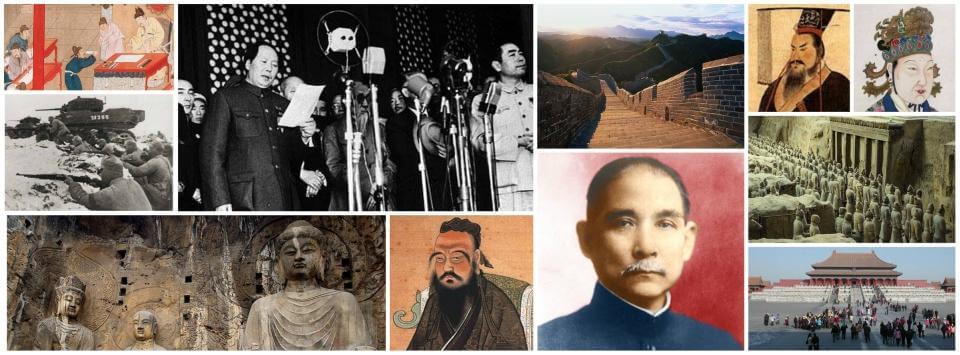Paleolithic Period
This section about the paleolithic period in prehistory focusses on the various sites in China where remains of Homo erectus (the predecessors of anatomical modern humans) were discovered. The most notable of these hominid ancestors have been popularly nicknamed Yuanmou Man, Lantian Man and Peking Man.


